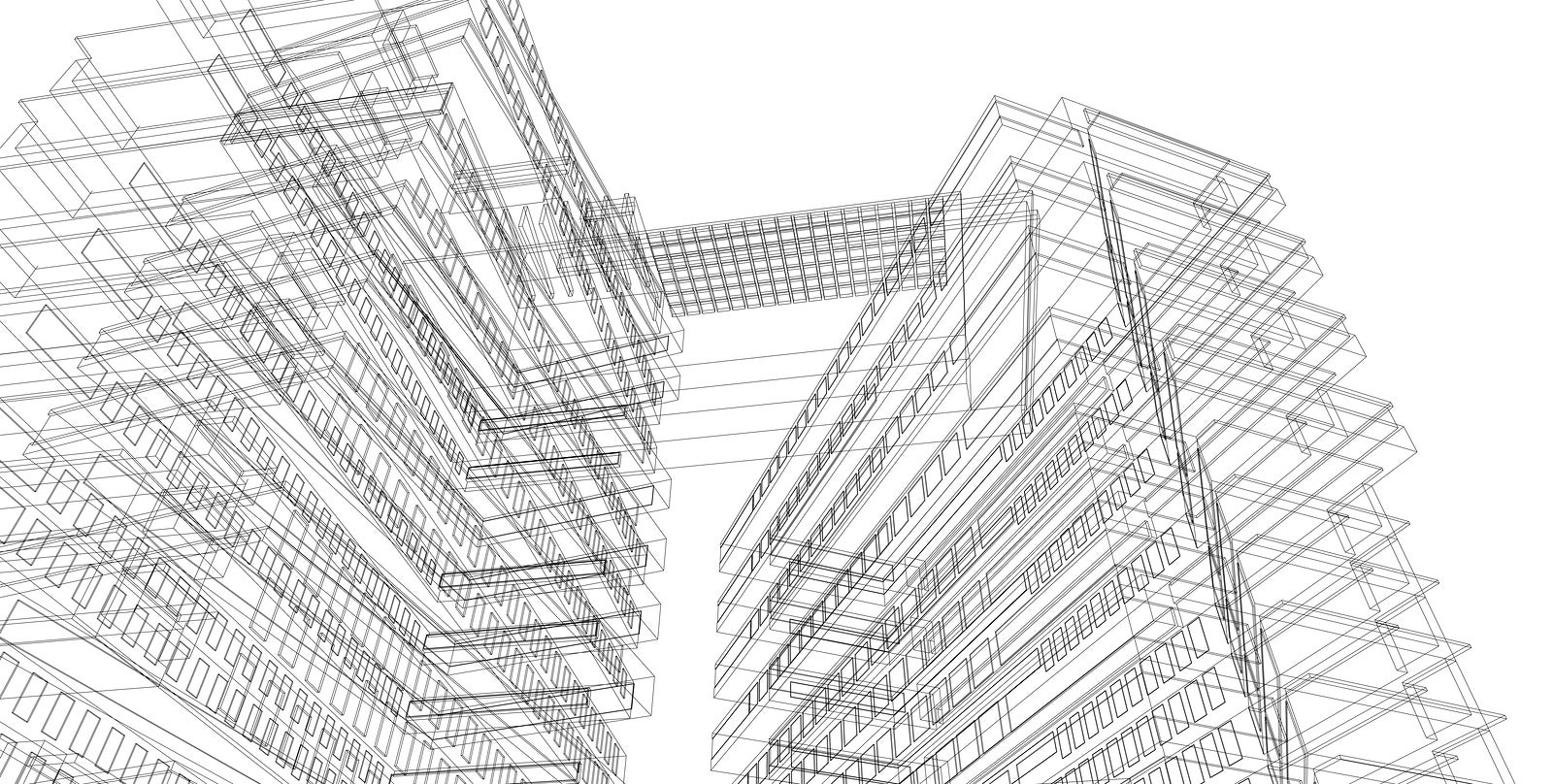6 Ways Smart Technologies Are Changing the Conversation About Architecture
By: Redshift

More and more, ordinary homes and offices are starting to resemble Iron Man alter ego Tony Stark’s famously futuristic Malibu mansion, tricked out with space-age technologies ranging from remote-controlled video surveillance to robot butlers.
Residents of smart buildings already enjoy modern conveniences such as programmable thermostats and refrigerators that can be operated over the Internet. But that’s just the beginning.
Smart technologies are poised to go beyond controlling modern conveniences to influencing building form and design, as complex systems that manage climate, convenience, privacy, and sustainability features are integrated into building designs at the concept phase. Read on to learn about ways smart technologies are influencing the architecture of occupied spaces.
1. Smart-Home Technologies Will Evolve Buildings
Smart-home technology may have started out with light bulbs and thermostats, but it is evolving into an array of innovations that will impact architecture—indoor and out. New smart technologies include LCD privacy glass that can switch from transparent to opaque at the touch of a button, homes that integrate with cars through smart platforms that allow users to control home systems while en route or check car diagnostics from their couch, even a modular house that lets dwellers transform furniture and other elements into an office. An inclusive movement called Universal Design argues that all built environments should be designed to meet the needs of all people who wish to use them. One way to design for better accessibility is to integrate automated processes, sensor technology, and artificial intelligence (AI) to change both the physical form of structures and how building dwellers interact with them. Read the article.
2. Smart Tech Is Transforming Commercial Buildings
Amsterdam’s The Edge, which hosts Deloitte offices, offers a radical new working environment. The building interacts with an app developed by Deloitte that checks an employee’s schedule, recognizes when that person’s car arrives at the building, directs the car to a parking spot, finds the employee a free desk, then tweaks ambient light and temperature based on personal preferences. The building’s Ethernet-powered lighting system features superefficient Philips LED panels with sensors that measure light, motion, temperature, and humidity; the building is packed with 28,000 of these sensors. This is just the beginning of smart tech in commercial buildings, which are evolving to offer self-diagnosing, self-healing, and self-correcting capabilities. As these types of environments get better at adapting to occupants, experts say we may see new types of multifunctional spaces and new fluidity in how spaces are used. Read the article.
3. Designers Will Tap Smart Technology to Improve Wellbeing in Built Environments
Similar to sustainability standards like LEED and the Living Building Challenge, certification systems aimed at improving public health are on the rise. Standards such as the Well Building Standard and Fitwel are asking building owners, managers, architects, and designers to rely on smart technologies to improve the health of residents. This goal could be accomplished through sensors that monitor environmental factors such as indoor air quality, smart lighting–control systems that bring more daylight into workspaces, and digital technologies that ensure toxic elements don’t end up in materials that they specify in their projects. Read the article.
4. Smart Technology Can Teach Old Buildings New Tricks
It’s easy to incorporate smart technology during new construction, but integrating it into an existing structure can bring unique challenges. For example, a historic site might feature stone facades that would be damaged if drilled or made less attractive with visible wiring. Engineers and electrical contractors are coming up with new ways to retrofit older buildings with smart tech to improve lighting, HVAC, and other features in order to meet stricter energy codes, make buildings more energy efficient, retain tenants, and attract visitors. One popular trend is wireless smart technology, which offers a less intrusive and more flexible solution for older structures. (San Jose firm Xicato, for example, retrofitted London’s 1,000-year-old Westminster Abbey with a Bluetooth LED lighting system.) Read the article.
5. Domotics Brings Home Automation into the Architecture Conversation
Domotics, also known as home automation, is becoming so affordable and easy to implement that the only tricky part is convincing consumers they need it. But if implemented effectively, automated homes can help reduce a building’s energy consumption, improve the quality of life of older or differently abled people, and notify residents about incidents such as a break-in or a gas or water leak. Residents can already remotely control environmental conditions such as ambient temperature light color and intensity. However, the most efficient smart systems automate integrated solutions instead of individual functions. For example, when defining a nighttime environment, a resident can set up a system that will shut down the lights, close the curtains, and activate the alarm in a single sweep, instead of managing each operation individually. Read the article.
6. Architects Will Take Cues from AI Assistants Running Smart Homes
A smart home doesn’t just manage processes; it also manages data. Consider that smart homes can control security systems, thermostats, cameras, audio and video recordings, Wi-Fi networks, speakers, smoke alarms, doorbells, security locks, and smart lights. The more these products are used, the more is learned about the user. Architects can harness this data to design building solutions that make daily tasks simpler for residents. In this way, AI can influence mass production of technologies that enhance the quality and performance of urban living. Will AI take over the role of the architect? Not anytime soon. AI still requires human architects and designers to set constraints and filter AI-driven designs to fit client aesthetics and market needs. Read the article.












